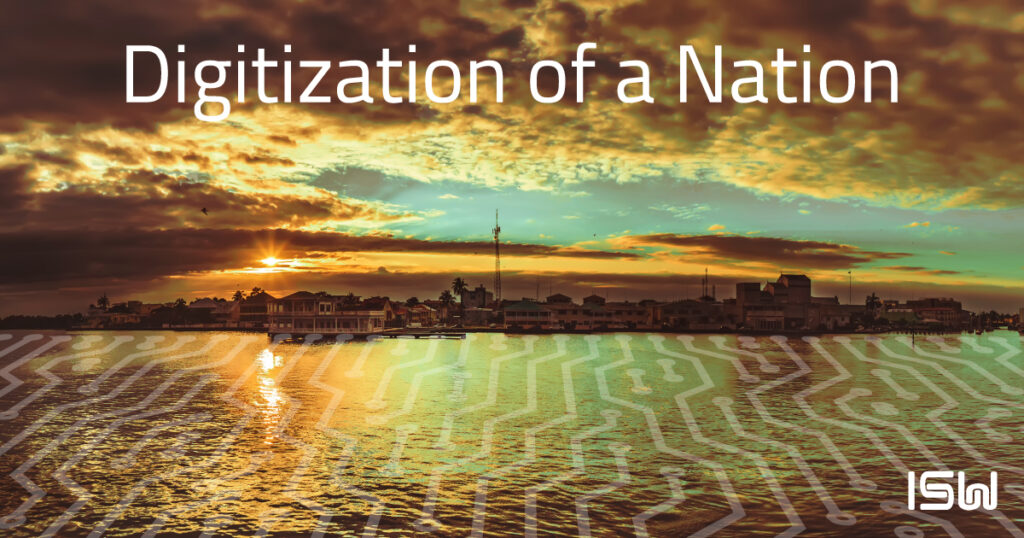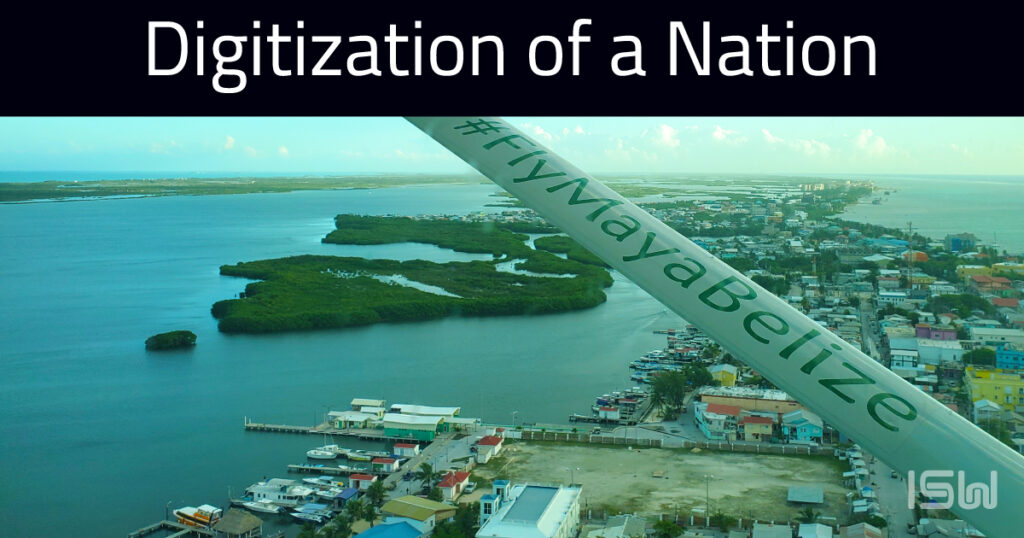Digitization of a Nation Part 2: The Implementation

Digitization of a Nation is a colorful 4-part series highlighting the paperless technology journey of a developing country from concept to reality over a 15-year span.
The excitement of finally getting a deal done after what turned out to be close to two years of countless demos, use case analysis, process blueprinting, and overall evangelizing quickly wore off. Many questions about how to implement, and, importantly, who was going to do the work, lingered. As a Westbrook Technologies, (WTI) Regional Manager, I needed to select a capable implementation and support firm to do the job. One consideration was to perform the implementation ourselves, however, like most software development firms, solution implementation and deployment was not our primary focus. It also didn’t help that our services team was backlogged by 120+ days. Like many clients, IMMARBE (International Merchant Marine Registry of Belize) was eager to get going and put the investment to work.
Seems easy right? In reality, it wasn’t. The WTI services organization ecosystem mainly fell into 3 different profiles in the VAR (Value Added Reseller) community: 1. Office Equipment Company – Copier/Printer-based organizations were creative in how they sold software solutions, but lacked the project management and technical expertise; 2. Small Consultancy Business – These folks were technically proficient, however, were very small organizations that lacked the required resources to perform services internationally; 3. ISV – These companies focused on their ‘primary software offering’ i.e., ERP (Enterprise Resource Planning), or other software, and sold ECM (Enterprise Content Management)/Content Services as a complementary offering—the challenge with these organizations, was a lack of specific expertise, as they often outsourced the implementation work to our direct services team, or another services provider in the ecosystem altogether.
After careful consideration and evaluation of the 50+ VARs in the ecosystem, one organization in particular, MTS Software Solutions (the software/services division is now known as Initium SoftWorks or ISW), clearly stood out. MTS was unique in that its primary focus was document technology and specializing in all aspects of it. Specialties included electronic document capture, workflow, archival, as well as data and document integration with other line-of-business applications. MTS had experienced teams for services, support, and development, and even a paper document conversion-to-electronic imaging services bureau. I was fascinated with MTS’ history as they began operations in the late 1970s/early 1980s timeframe pioneering microfilm/microfiche solutions for document and data-intensive organizations. Like many microfilm services companies, they successfully made the transition to full-scale Imaging and Electronic Document Management software services in the 1990s when the technology became more readily available. Many early Fortis ECM clients were organizations that converted microfilm/microfiche over to electronic images. Those earlier solutions were almost entirely deployed on-premise on optical storage jukeboxes that stored images on mechanical arms – jukebox-housed CDs. (Side note: Associated network hardware such as old-school servers, optical disc arrays, and local SANs were costly. File sizing and estimation was always a huge concern in those early days).
The net was that MTS had the experience necessary to pull this off. Inevitably, I knew that there were significant challenges regarding the pending implementation itself: network issues, travel concerns, scope creep, lack of dedicated client-side project management, and a myriad of other unforeseen challenges relative to a developing country pioneering use of a new technology. Scope creep had and has always been a considerable challenge in ECM service delivery. ECM‘s very nature of being a highly configurable/customizable solution means that the sandbox, (which is custom deployed to each client’s specific needs and becomes their unique sandcastle) invokes different understanding and expectations among different buying groups on behalf of the client. IT/IS, Executives/Stakeholders, and end-users often have different agendas…aligning the groups can be daunting—it takes experience, a detailed documentation SOW/CR process, and effective project management.
As it turned out, many of the concerns going into the project were alleviated by MTS experience combined with the preparation of the client. Led by Manrique Vellos and his team, IMMARBE adequately prepared the network as well as provided a concise and realistic scope for the implementation. What I learned is that, in Belize (and possibly in developing countries in particular), the client IT personnel has a heavy hand in all aspects of the implementation, design, and overall user experience of the system. Unlike here in the States, in Belize the executives and end-users almost entirely defer to IT for everything. This approach, of course, can have its drawbacks, however, it does make the project a bit easier when getting direction from folks (in this case IT) who understand, and ultimately will be responsible for their technology.
On the MTS side, the project lead was assigned to Jay Shore. Jay was a long-time Systems Engineer (still working for ISW as a Systems Engineer) who had more than a decade of experience almost exclusively working with the Fortis solution. Jay knew all the technical ins and outs of Fortis over scores of successful implementations. Importantly, Jay was also amiable and patient, which is critical in any implementation and overall maintenance of client relations during a project. People may not remember what you do or say, but they will for sure remember how you make them feel, as stated by the late Maya Angelou. I believe business is 80% psychology and a high EQ reigns supreme. Nothing can derail a project faster than poor communication skills. In the case of IMMARBE, Jay did a great job, and to this day maintains an outstanding relationship with Manrique and the IMMARBE team.
In most client/provider solution journeys, the same organization that performs all the pre-sales work is the one that performs the deployment. There are obvious advantages to this approach, namely, an integrated and seamless handoff from sales to service. In our case, the sales process was handled mostly by me, (on behalf of Fortis/WTI) as well as SecureDoc the sales consultant organization/reseller who had the contacts and experience in Belize. The result was a fair amount of scope creep for the project team due to the lack of detail included in the handoff. I predicted this problem and discussed it with MTS in advance. We agreed that the number of hours MTS did not have to spend doing pre-sales work would offset the additional hours needed to accommodate the additional work. MTS further benefited by gaining a new client and the opportunity to expand internationally.
In the Fall of 2009 (two years after the initial meeting), I had the privilege to go back to Belize after the implementation as a follow-up to get a temperature check on our mutual investment. Serendipitously, a couple of months prior, I had accepted an offer from MTS ownership to lead the MTS Sales and Marketing team as a Senior VP. I had just turned 34 at the time, and our first child had just been born. This new role gave me the opportunity to further develop my management and business leadership skills. As much as I loved my experience with WTI, I felt that MTS provided an opportunity for growth that would lead to more opportunities in the future.
Ultimately, MTS did an exceptional job deploying the Fortis solution and maintaining it for many years.
Stay tuned for part 3 focusing on solution growth, catching the eyes of the Government, and the impact of a pandemic 15 years later.
About the Author
Owen O’Connor is a career Content Services and ECM (Enterprise Content Management) consultant and practitioner, starting in the profession out of college in the late 1990’s. His ECM career has taken him all over the U.S., and more than 15 countries worldwide. Owen lives in coastal Rhode Island with his wife Jaime, 4 children, and dog, Sevvie.





